From Metal to Modern Art: Jason Newsted Talks Upcoming Exhibit, Metallica and More
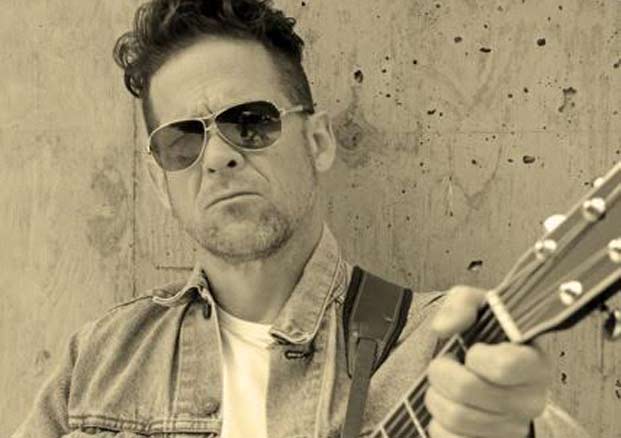
After suffering a shoulder injury in 2006 and being unable to play, former Metallica bassist Jason Newsted decided to put down his instrument and pick up a brush. It was during this time that he began to express himself through painting. Since then, he’s become an accomplished modern artist.
Newsted’s trademark style includes mixing soil—from wherever he happens to be painting—into his acrylics, creating a highly dramatic effect.
Although he’s kept a fairly low profile following Metallica’s 2009 induction into the Rock and Roll Hall of Fame and his successful Newsted project, nearly a dozen of Newsted’s uniquely inspired works will be on exhibit as part of this year’s Art New York.
Art Miami, the leading producer of international contemporary and modern art fairs, will present the third edition of Art New York and the second edition of CONTEXT New York at Pier 94 May 3 through May 7. The two highly anticipated fairs will showcase more than 120 international contemporary and modern galleries from 50 countries.
I recently spoke with Newsted about his upcoming exhibit, Metallica and more.
How did you become involved in this year’s Art New York?
I had the chance to meet with the owner of Art Miami. He loves metal, and after we hung out he saw some of the pictures I had and invited me. So I’ve been traveling around to different parts of the country these last few weeks getting canvases together from the past seven to eight years. It’s my first time in an international exhibit, and I’m very excited about it.
Was art something you were always interested in as a child?
I grew up in a rural area and took some classes when I was younger. That was where I was first introduced to acrylics and mixing colors together. Then about three years later, I got hit by music and everything else went on the back burner for 30 solid years.
Get The Pick Newsletter
All the latest guitar news, interviews, lessons, reviews, deals and more, direct to your inbox!
When did you get back into painting?
Once I got in Metallica and started working on other projects, I was always keeping myself super-busy doing a lot of things and moving around a lot of gear. I wound up injuring my shoulders and needing surgery. During my recovery, I was disabled from playing my instrument in any way I had been used to, and I had to learn to use both of my hands out of necessity. For me, music was a full-time thing, and when I wasn’t able to release that way, I started using my hands to get out all of the creative energy I had usually put into the music.
I was in Montana at our ranch with only one arm going and felt the need to go out in the barn and paint. I found these old drum heads and whatever paint was lying around—Rust-Oleum and John Deere green and yellow. I turned the drum head over and oozed the paint in. Then I soaked a snow brush in the color and splattered the paint onto whatever I was painting on.
I got to the point to where I wouldn’t even have to touch the canvas to make circles, faces and figures. That was the introduction. Then as my arms got better, I started touching the canvas more. That’s how the transference of the energy went from the fucking metal monster to putting it on canvas. The consensus from people who have the works is that the paintings look like the music sounds.
What do you love most about the creative process?
The creatures, colors and images of tapestry that come out are things I never would have known existed in my mind until seeing them in front of me. It’s like you step out of yourself and see it with different eyes. There’s also never a real plan going in. I never know where it’s going to start or where it’s going to end, but whatever comes out is always a pleasant surprise.
Where did the idea of mixing soil into your painting medium come from?
I was influenced a lot by Jean Dubuffet, who he did a lot of that. When you put the right combinations together and then mix in the sand, it turns into moldable, sculptable paste that you can shape and cut through. You can never predict where the colors are going to push out.
What was your first exposure to proper art?
I’m going to give some serious props to Lars [Ulrich]. He was exposed to some really cool works early on because of his international upbringing. I remember one of the first times I went over to his house, he had all of these framed pictures in the game room that looked like children’s art. He told me it was actually art by grown people with mental impairments. It was so new to me and was really interesting. Then we go upstairs and there’s that [Jean-Michel] Basquiat painting [Profit I] he eventually sold hanging up above the stove like some fucking knick-knack [laughs]. It was so huge, and the simplicity and complexity of it was so appealing. Through Lars, I was able to be introduced to a lot of different people. So I’m going to tip my hat to him for exposing this art to me.
Let’s talk a bit about music. Following Newsted, you took a break from music and got off social media. What lead to that decision?
Originally, I said to myself that I was coming up on 50 years old and had to prove something to myself. So I assembled a bunch of bad motherfuckers for Newsted and wrote songs. I immersed myself in it and had a great time and learned so much. Once I got done, I was a bit disheartened with the whole social media vibe and the falseness of it all. I was always more of private guy when it comes down to it.
But I did 30 shows last year with the Chophouse Band with my acoustic bass and a handful of shows this year in Florida with the same outfit and some people from different musical circles. It’s the same vibe and intensity, just a different feel. Collecting songs and playing guitar is still very important to me.
Of all the highlights of your time with Metallica, what stands out as most memorable?
The early, pioneering things are what come to mind when you ask me that question. What jumps up are the things we did first in places that had never had our kind of music before. Like going to Japan in 1986 and blowing their heads up because they didn’t know what to expect. Going to countries that had never had the music played before and taking it to the people was the best part. Breaking down those walls and paving the way for everything that’s happened since then.
James Wood is a writer, musician and self-proclaimed metalhead who maintains his own website, GoJimmyGo.net. His articles and interviews are written on a variety of topics with passion and humor. You can follow him on Twitter @JimEWood.
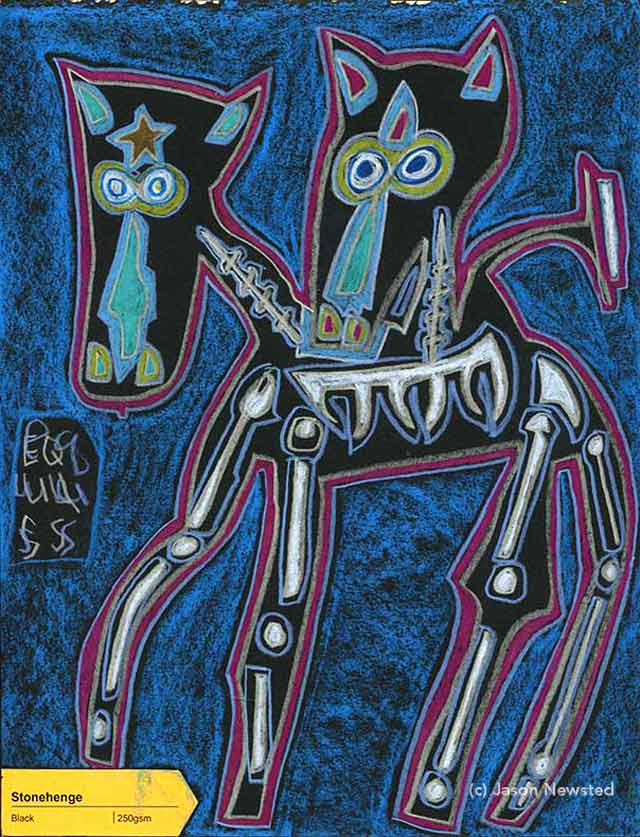
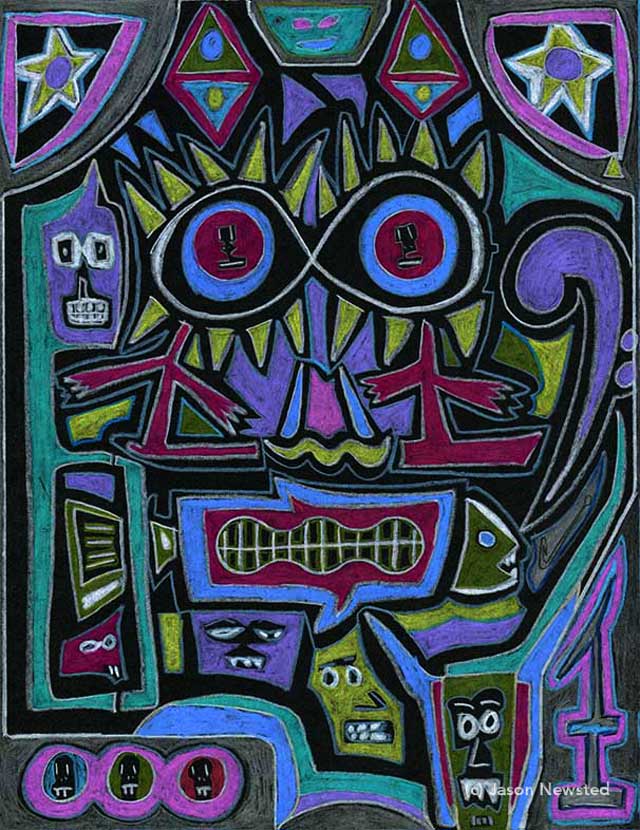
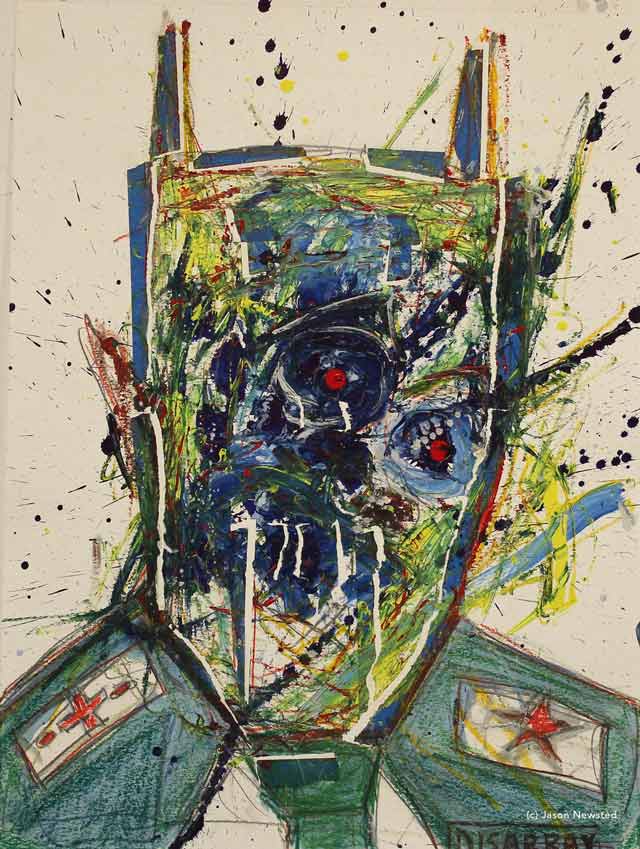
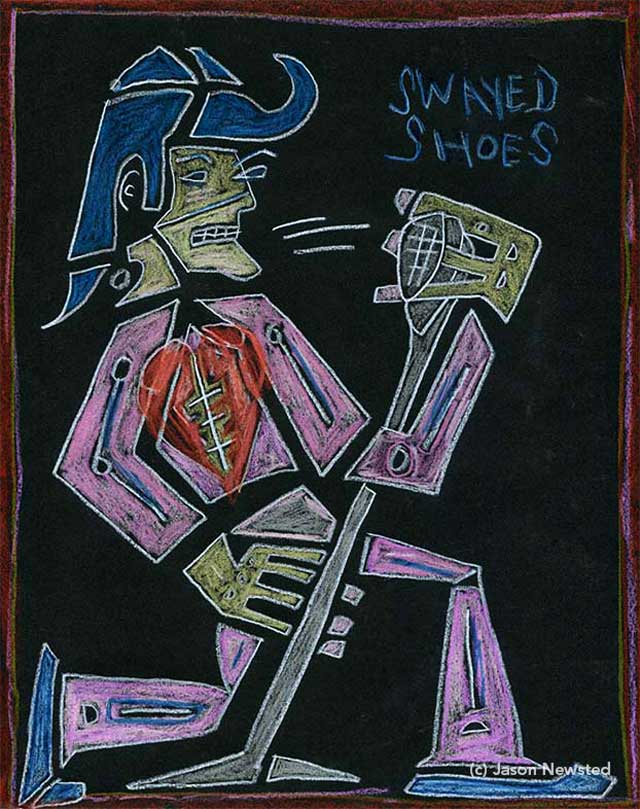
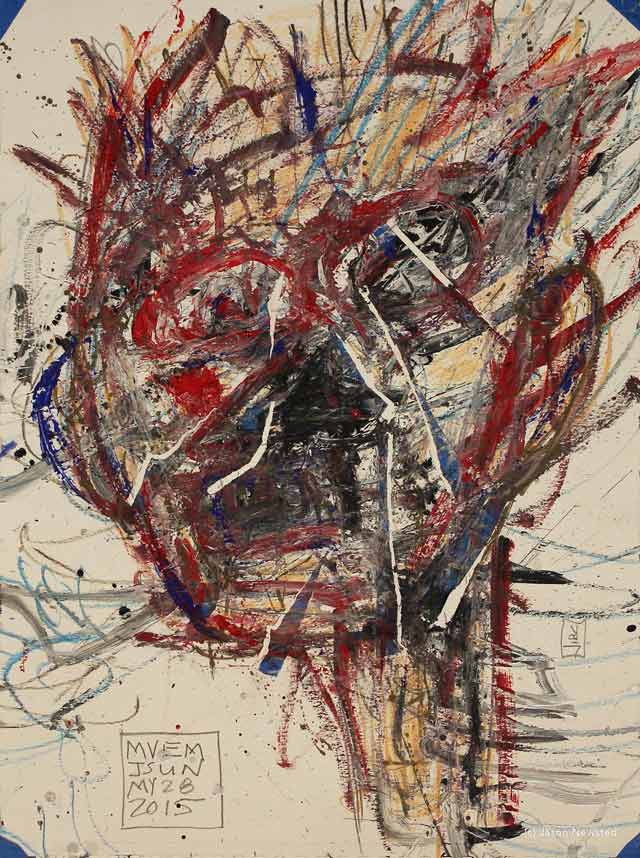
James is a guitarist and freelance writer who's interviewed some of the biggest names in music. He is the author of four books and his writing credits include work for Guitar World, AXS and Yahoo! as well as for his hometown newspaper where he writes on a variety of topics with both passion and humor. As a guitarist, he's performed everywhere from local bars and nightclubs to some of the biggest stages in front of thousands of music fans.
“I asked him to get me four bass strings because I only had a $29 guitar from Sears”: Bootsy Collins is one of the all-time bass greats, but he started out on guitar. Here’s the sole reason why he switched
“I got that bass for $50 off this coke dealer. I don’t know what Jaco did to it, but he totally messed up the insides!” How Cro-Mags’ Harley Flanagan went from buying a Jaco Pastorius bass on the street to fronting one of hardcore’s most influential bands


![John Mayer and Bob Weir [left] of Dead & Company photographed against a grey background. Mayer wears a blue overshirt and has his signature Silver Sky on his shoulder. Weir wears grey and a bolo tie.](https://cdn.mos.cms.futurecdn.net/C6niSAybzVCHoYcpJ8ZZgE.jpg)

![A black-and-white action shot of Sergeant Thunderhoof perform live: [from left] Mark Sayer, Dan Flitcroft, Jim Camp and Josh Gallop](https://cdn.mos.cms.futurecdn.net/am3UhJbsxAE239XRRZ8zC8.jpg)





